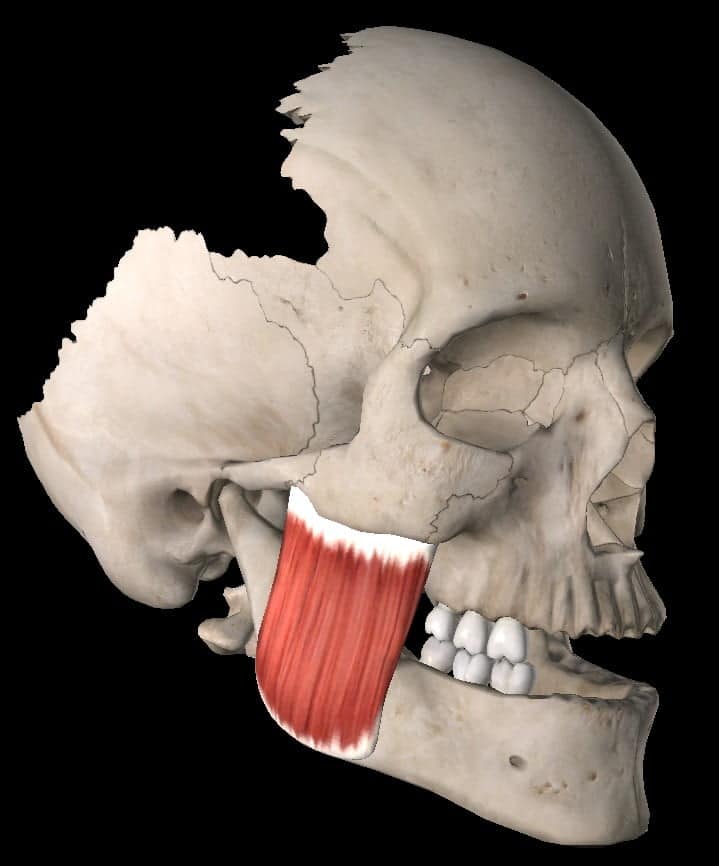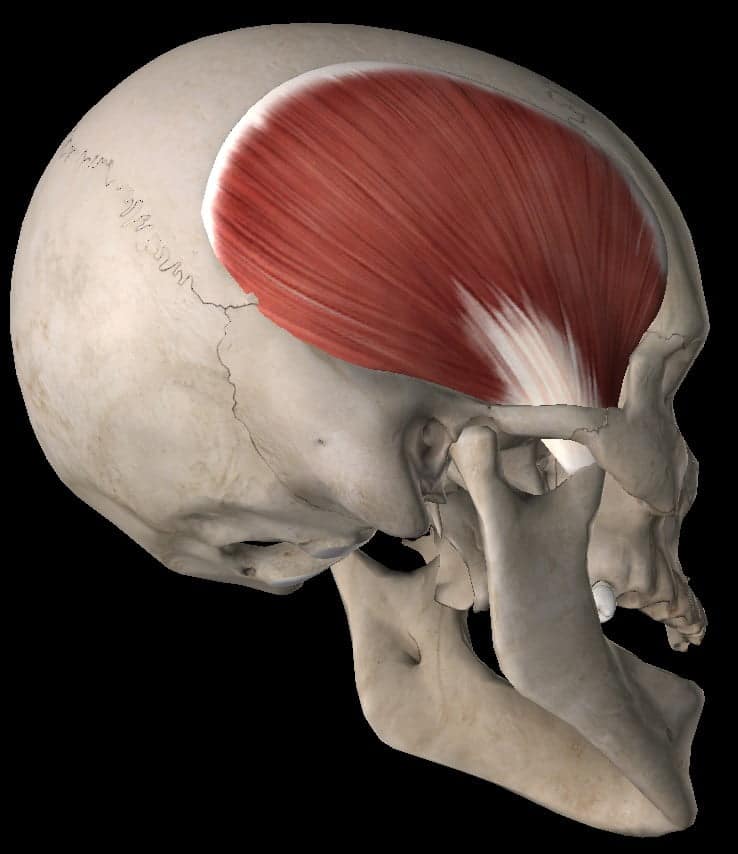TMJ (Temporomandibular joint) is a common term used to describe the jaw or surrounding muscles. The TMJ is the joint created by the temporal bone (side of the head) and mandible (lower jaw bone) and is responsible for opening and closing our mouths. It is vital for eating, speaking, swallowing, and any other movement of the mouth. There is also a connection with the upper neck vertebrae. Some studies have shown that in the presence of TMJ disorders, neck pain has been also present in up to 70% of cases. It’s been estimated that around 10 million people in the United States are affected each year by this problem.
How do you know if you have a TMJ problem? What can you do to treat the TMJ? We will outline the risk factors, signs and symptoms, and typical treatments for TMJ disorder to help you overcome this pesky problem.
Who is at risk of developing TMJ pain?
- Unlike most ailments, this condition typically affects younger populations (between 20-40 years old).
- Although not fully understood, there appears to be a stronger gender bias towards women (estimated 4:1 women to men)
- Those that are under a lot of tension and stress appear to have a higher chance of developing the condition as well.
What are the common causes of TMJ pain?
The following are common causes of TMJ disorders and pain:
- Stress and chronic tension
- Chronic poor posture
- Neck pain and joint disorders
- Injury to the jaw
- Chewing gum or other chewy substances for long periods of time
- Arthritis
- Long-term grinding or clenching of teeth
- Recent dental work or surgery
- Infection
*This is only a small list of the many potential causes of jaw pain
What are the signs and symptoms of TMJ pain?
The typical signs and symptoms of TMJ disorder typically include the following:
- Difficulty opening or closing the jaw
- Pain while chewing
- Painful clicking, popping or grinding while opening or closing the jaw
- Pain in or around the ear
- Neck pain and headaches along with jaw pain or tightness
* Again, only a small list of the many potential signs and symptoms
How can Elite Chiropractic help with TMJ pain?
- As best Utah chiropractors, we help normalize joint motion which can have a global effect on pain and tightness throughout the body. With the strong connection of TMJ and upper neck function, we always look at the spine to make sure the joints of the neck are moving properly.
- Muscle therapy is also another treatment modality. There are three main muscles of the face and jaw that we work with to relieve pain. These muscles are the masseter, temporalis, and lateral pterygoid. Each of these plays a unique role in how the jaw moves and tracks. An imbalance in these muscles can alter the way your jaw moves. This will subsequently increase irritation of the joints and muscles surrounding the TMJ.
- Gentle mobilization of the TMJ is also necessary at times. We use gentle manipulation methods to gently encourage the jaw to move in an appropriate way.



If you or anybody else you know has been suffering from jaw pain, let them know that chiropractic may be a great option for them.
About Elite Chiropractic & Performance Center
Located just outside of Salt Lake City and in the heart of the Salt Lake Valley, Elite Chiropractic & Performance Center is the premier chiropractic office in Utah. Drs. Monte Layton, Chris Harbrecht, and Jordan Mousley specialize in providing care for many different conditions and injuries. Those in the community seek Elite’s care for low back pain, neck pain, shoulder, knee, elbow, wrist, hip, ankle, and foot pain. Call today to schedule your first appointment. 801-432-7511.
